How to Use a Client Intake Form in Your Design Business
Gather key information and quickly determine if a potential new client is a fit by running through standard questions
Each conversation with a potential client could be a step toward landing a job. To make the most of the initial conversation, you need to gather some key information. You want to find out about both the project and the homeowner so that you can determine whether the opportunity is a good match for your services.
Having a client intake sheet is a great way to make sure you cover all the bases in that first conversation. It will save you time, showcase your professionalism and result in valuable information that can help you even after you win the project. Here’s what I recommend you include.
What to Include in Your Client Intake Sheet
You want to use the time in the initial phone call efficiently, and in my opinion it should take only about 10 minutes to go over the following key questions. Keep this form on your desktop so it’s handy — we have both a paper version on the desk and an electronic one on the computer desktop.
Basic demographics and property information.On your form be sure to include the date, the client’s name, their phone number and the address where the project is located. Once they’ve given you these basics, I recommend you review their property on one of the real estate sites while you’re on the phone with them to check out its estimated value, as well as price points in the surrounding neighborhood. Equipped with this information, if you feel the project is not a match for you, end the call.
Property details.In this section of your form, you’ll confirm the square footage of the property, the number of bedrooms and baths and any improvements the homeowners have made since purchasing the home.
Referral source.Always ask a potential client how they heard about you. Tracking this data can help you evaluate the effectiveness of your current marketing strategy and adjust future marketing dollars accordingly. Reviewing this information periodically will ensure that you’re targeting your ideal client. If you advertise on a certain platform and never get a lead that turns into a viable project, you may want to drop that form of advertising from your mix. This part of the form is especially important if this is a referral, as you’ll want to be sure to thank the person who referred you.
Ideal project timeline. Include a question about their timeline expectations for the project. Often clients have unrealistic expectations about a completion date, and the first contact is the appropriate time to educate them so they aren’t disappointed down the road.
Lifestyle questions. Other questions to include in your form can help you get a sense of the potential client’s lifestyle and general expectations. You’ll want to ask if they entertain frequently, how often they use exterior areas and how many people live in the home.
Project type and committed pros. You’ll also want to determine if this is strictly a decor project, a remodel or new build, or a full turnkey design-build project, as well as get an understanding of the overall project scope. Is the homeowner using an architect? Have they selected a general contractor? Always ask for names. You may have worked with these people and can develop further insight into the type of project based on the team selected.
If they haven’t made their selections, this gives you an opportunity to bring in your trusted industry partners to present a package deal. The team packages with which we have had the most success include an architect, an interior designer, a general contractor and an engineer. This typically gives you a leg up on the competition and takes the burden of the typically laborious selection process off the client.
Budget.Make sure you ask the most important question: What is your budget? I get it, clients always say, “I don’t really know how much it should cost.” Don’t ever leave it at that. You need to get a real number from the client to ensure that this project is a fit and that their expectations can be turned into reality. Here are some methods for getting at this bottom line:
- Test out price ranges: “Are you looking to spend $20,000 to $50,000, $50,000 to $100,000, $100,000 to $250,000, or more?”
- Share typical square footage prices for remodeling or new construction in your area.
- Specify good, better, best price scenarios in terms of the dollar amount that each project level would require.
- Cite industry standards. My method is to quote generally accepted budgeting data for the design industry based on NHBA, ASID or other building trade sources. My mantra to clients is “You should be spending 35% of the finished value of your home on your interiors budget and 30% of that total should be for the design fee.”
The most important part of this scenario is to shut your mouth after you make this statement. Let them absorb what you’ve said and respond. Don’t over explain the information. You are stating an industry fact, not telling them what you think they should spend.
What to Do if the Budget Won’t Work
The potential client’s comfort level with the budget figures you share given what you know about their project should tell you if this project is for you. If the client budget doesn’t mesh with reality, it’s best not to spend any more time on the phone. You can simply and politely end the call by saying, “I’m so sorry but I don’t think this project is a fit for our firm. It was a pleasure to speak with you. Good luck with your project.”
You never know what the future holds. Often, people call back after they’ve talked with other professionals and realized that they vastly underestimated what their design ideas would cost.
What to Do if the Project Is a Fit
If the project is a fit, spend a bit more time with them on the phone. Briefly describe your process and what makes you and your firm different from your competition. Also give a succinct example of a project win, such as a case study or a particular project challenge similar to theirs and how you dealt with it.
You might also invite the client to review a page on your website, do a screen share or send an email that you can review together while on the call. Be sure to take notes on your intake sheet about any website you had the client review as well as any documents you sent.
How to Close the Call and Follow Up Afterward
Wrap up your conversation by making an appointment to meet with the potential client and send an email to confirm the appointment. I typically like to make the first meeting at our office. This enables the client to see where we work, get a better understanding of the fact that we are a professional organization and have a chance to meet our team.
Meeting in our office also saves me travel time and having to spend non-billable time walking through their home. If they turn into a client, there will be plenty of time to walk through the project, see their furniture, family photos, pet the dog and discuss everything they’d like to do.
In my opinion, this first meeting is to ensure that the relationship is a good fit, not to give design advice or suggestions. The goal is to restrict this time to 30 to 45 minutes. I make sure the potential client leaves with our marketing packet, which includes informational and promotional materials. I also then follow up by email or phone in two or three days.
I recommend that you keep the intake sheet in the client folder for future reference. Initial contact dates and notes about projected budgets can help you navigate through the often tricky mid-process slump and pull your clients over the hurdle to the finish line. Reminding them of their initial desires can bring them back to their overall goals and needs.
A Recap of Why a Client Intake Sheet Is Helpful
Using a client intake sheet consistently can help your business in a variety of ways. As discussed, you can use it to quickly establish the basic parameters of a project and to weed out people who don’t fit your business model. I keep current industry financial data on ours so it can easily be cited and used to help the client establish or confirm a budget.
Your client intake sheet can serve as a guide as you educate the potential new client about your process, job costs and the additional info you would need to proceed forward together. Finally, you can use your intake sheets to track patterns in the client profiles you’re attracting. These patterns can help you decide where to spend your advertising dollars and whether to shift your strategy.

Want advice delivered to your inbox?
Unlock industry insights and updates for contractors and design pros
By signing up, I agree to the Houzz Terms of Use and Privacy Policy and that Houzz may use my information to contact me about relevant content, products, and services.

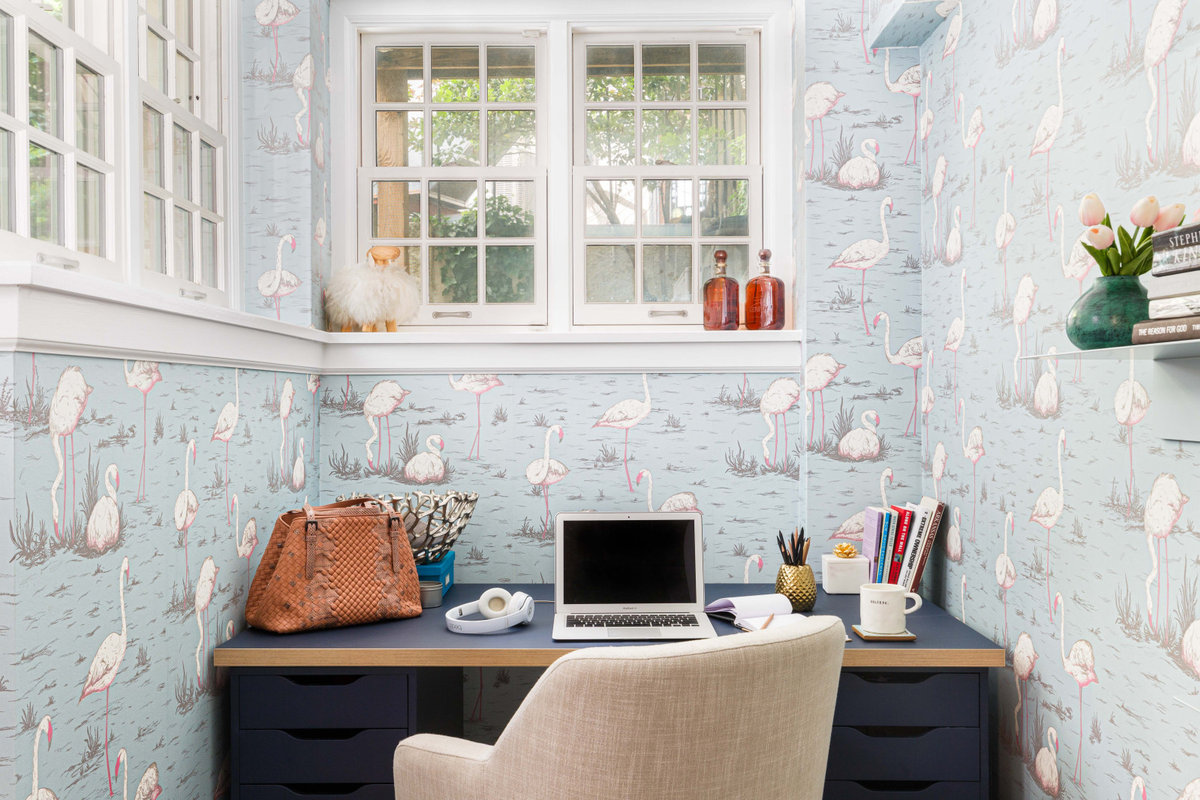
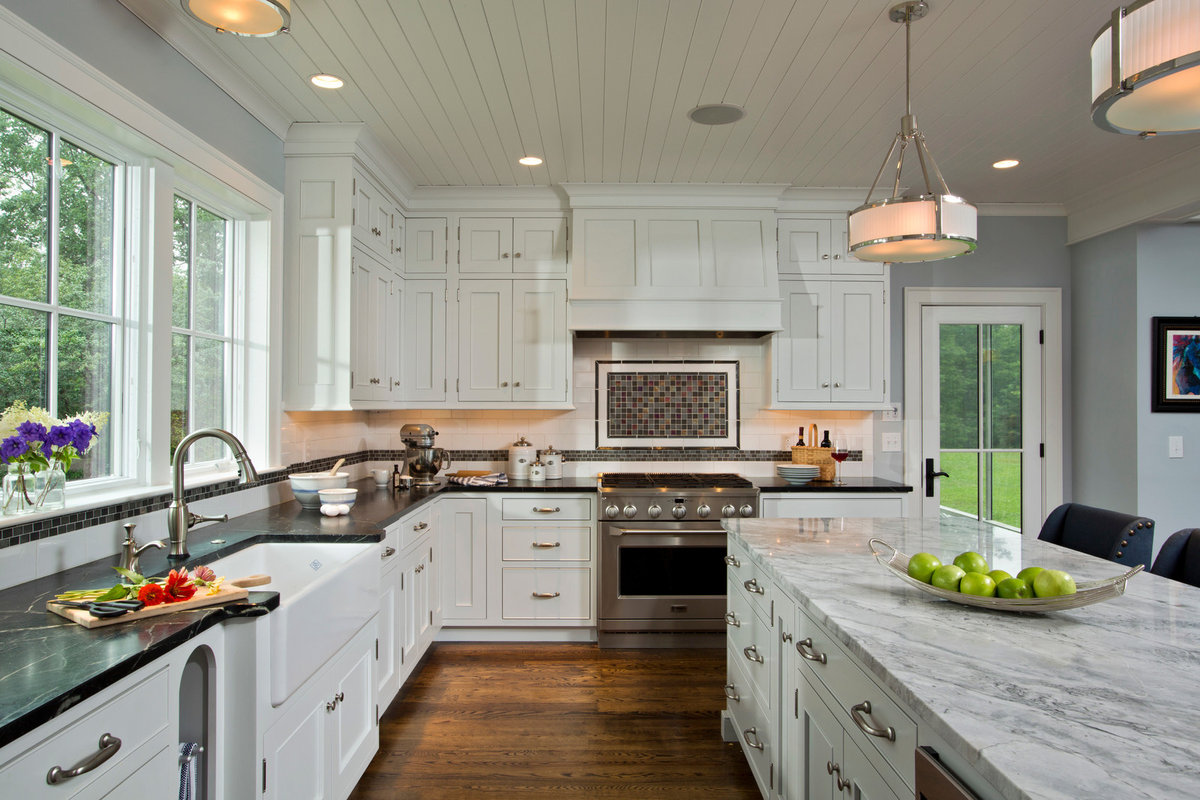
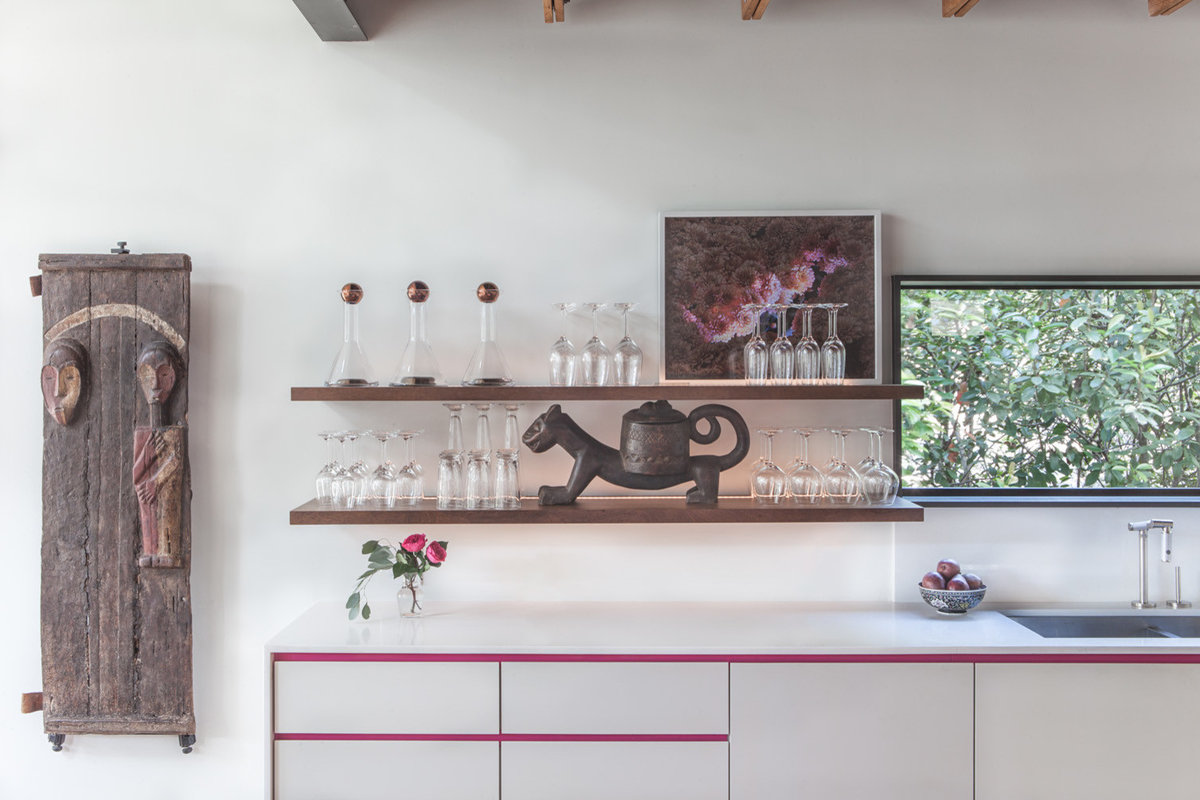
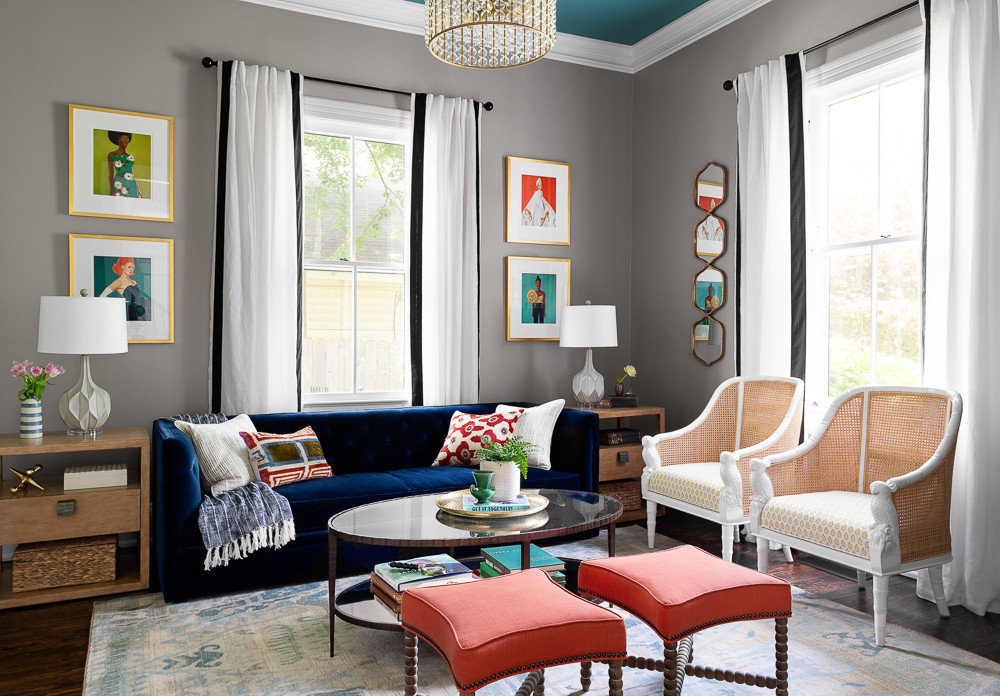
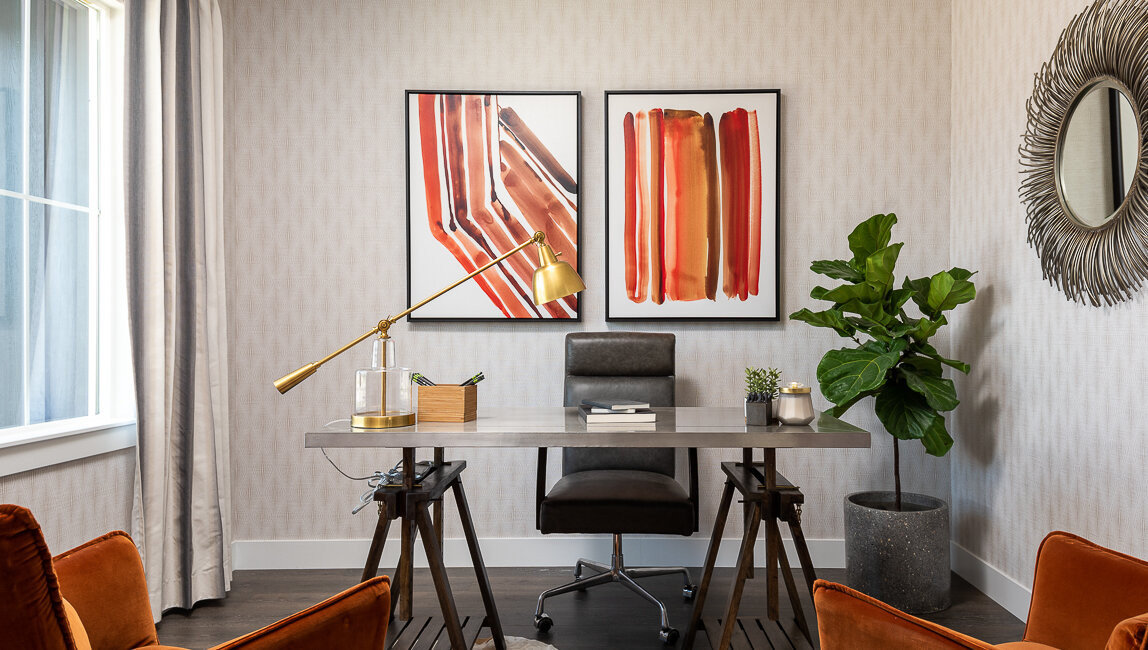
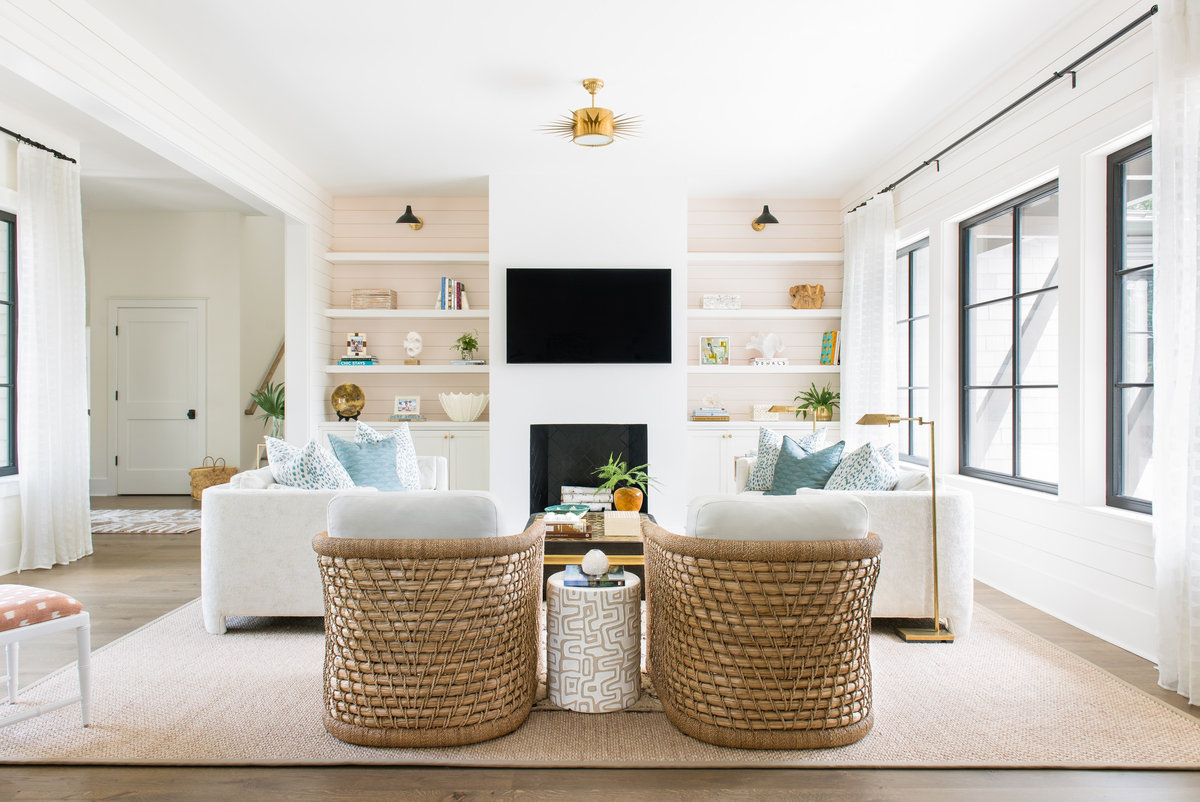





Join the conversation by commenting or asking a question below. The Houzz team reads every single comment, and we’ll get back to you by email if you need us!